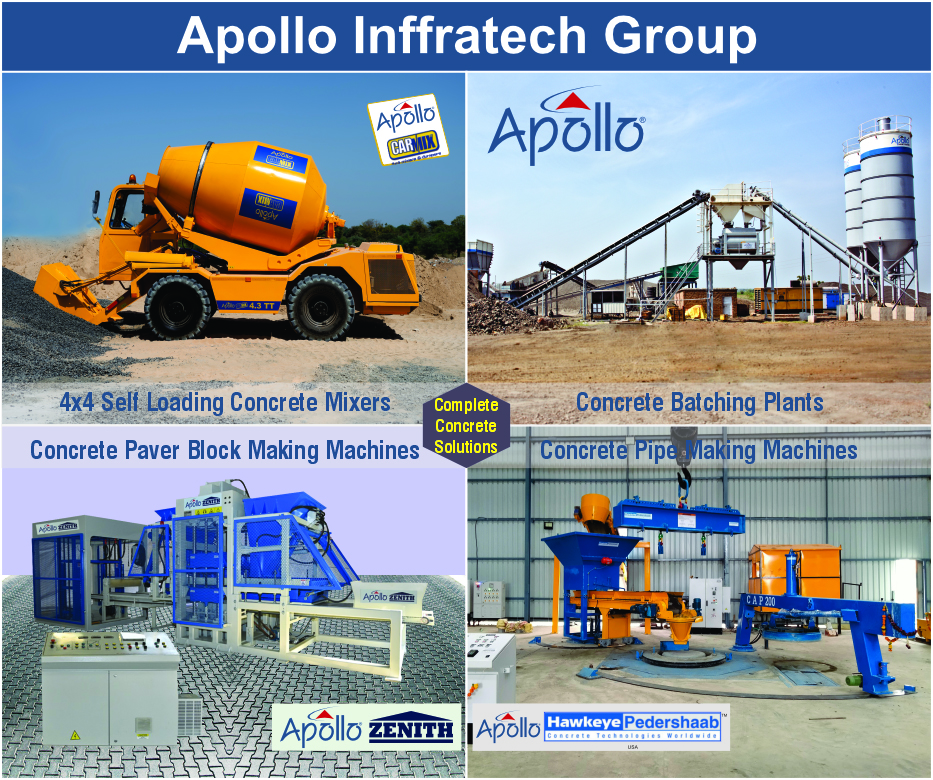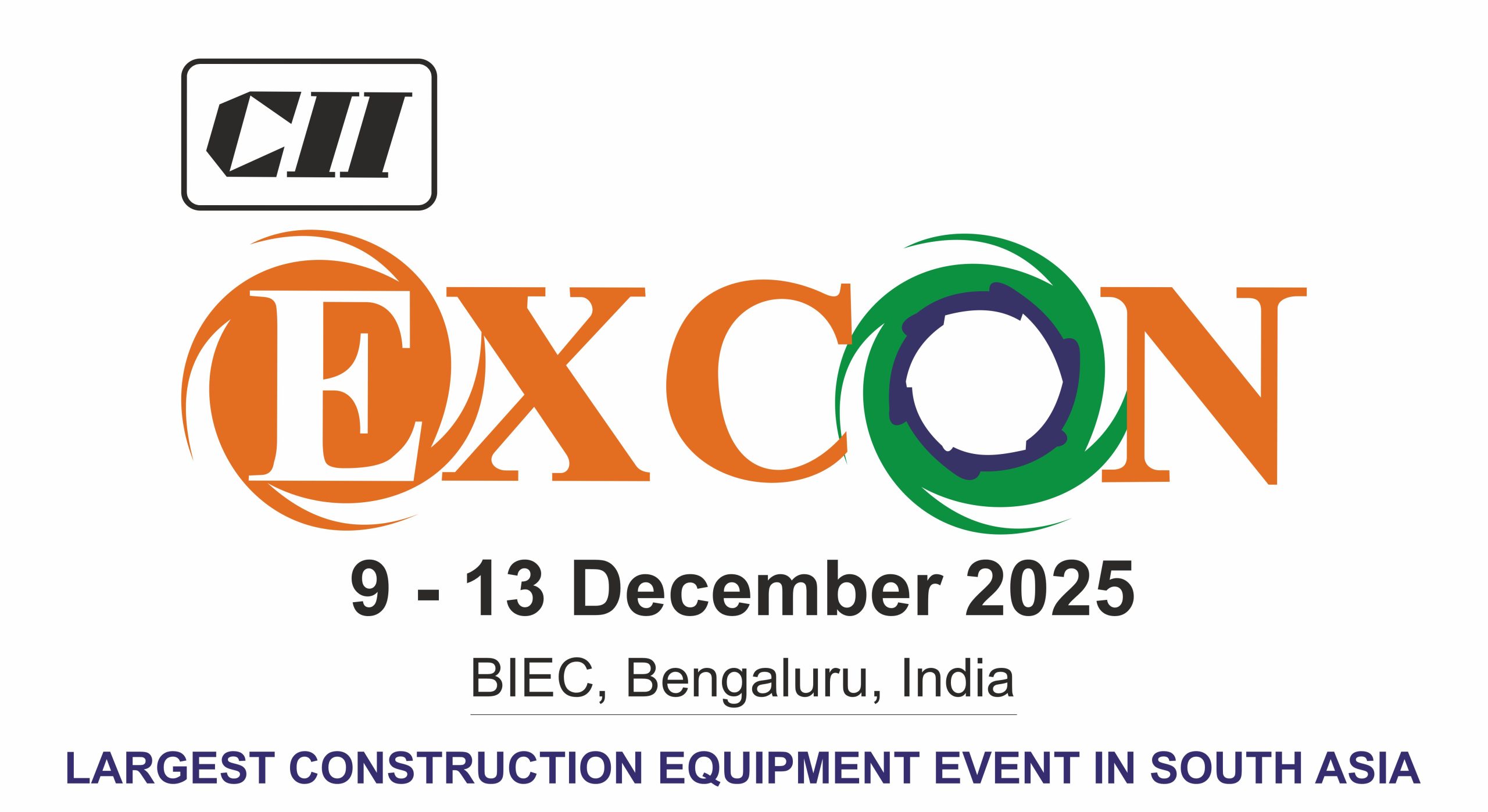Union Minister Nitin Gadkari has unveiled a sweeping “mobility revolution” aimed at transforming India’s transport system through cutting‑edge, eco‑friendly solutions. His roadmap includes electric rapid transit, hyperloop corridors in urban hubs like Delhi and Bengaluru, and ropeways, cable buses and funicular railways across hilly terrains, 360 ropeway projects are in the pipeline, with 60 already under development, notably in Kedarnath.
On highways, India’s network has grown from ~91,300 km in 2013–14 to over 146,000 km, and Gadkari aims to convert 25,000 km of two-lane roads into four lanes, constructing 100 km daily. High-speed corridor length has surged from just 93 km to 2,474 km.
He emphasized reducing logistics costs from 14 % to 9 % of GDP by year-end, boosting trade efficiency. To cut fuel dependence, 11 automakers (including Tata, Mahindra, Hyundai, Toyota) will launch flex-fuel vehicles using ethanol or methanol blends.
In Nagpur, a pilot electric 135-seater intercity bus—airline-style comfort, 120–125 km/h, and flash-charging, will run first, then scale to routes like Delhi–Chandigarh, Mumbai–Pune.
Gadkari concluded: “Technology and capital are both flowing in. We are preparing India for a transport revolution.”
Mobility Revolution: Gadkari Sets India on Green Transport Overhaul
Date:










